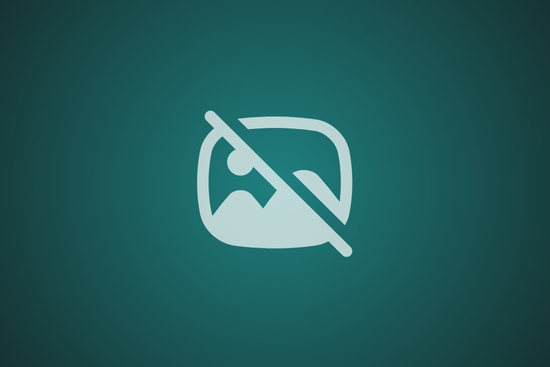


February Buys
Ghillie
March 6, 2024
Hello everyone! I had a few tris on February and here are the items I copped. I found this brand…

January Buys
Ghillie
February 4, 2024
I didn’t buy much this January, but I did get these LV Skate Sneakers. I absolutely love them and they…
